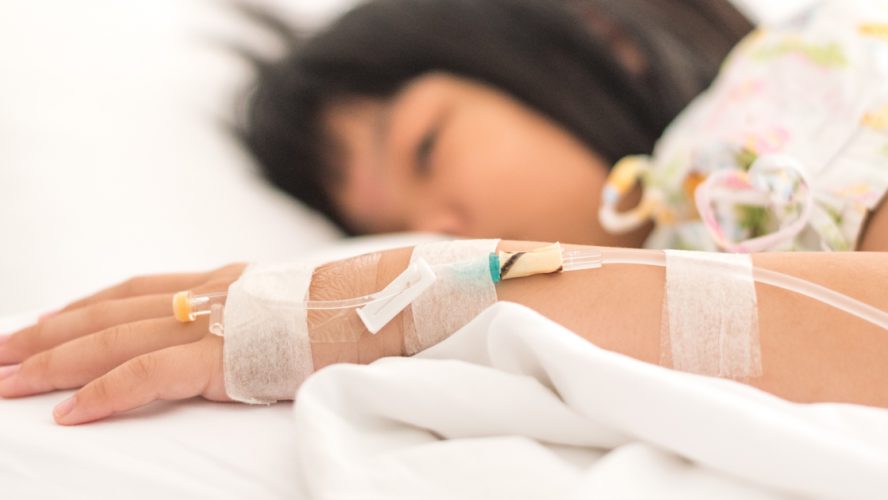
Dr Luke Jones
Research Fellow, Irish Cancer Society, Systems Biology Ireland, University College Dublin
A lack of new treatment options has led to a plateau in survival rates for childhood AML patients. Systems biology is uncovering new treatment strategies for this deadly disease.
Acute myeloid leukaemia (AML) is the leading cause of blood cancer-related mortality in children. While outcomes for patients have certainly improved in recent decades, survival rates have reached a plateau at approximately 60%. Efforts to improve survival rates have been hampered by a lack of knowledge about the nature of paediatric AML and limited development of new treatments.
In fact, treatments for childhood AML have remained essentially unchanged for nearly 50 years, comprising highly toxic drugs which carry significant short- and long-term side effects. It is therefore a priority to identify safer, more effective treatments for these patients.
Uncontrolled growth
Many blood cancers, including AML, are aggressive because mutations (alterations in a cells’ DNA) cause overactivity in proteins called kinases. Kinases are enzymes that act like traffic lights within a cell, dynamically switching from ‘go’ to ‘stop’ to allow cells to make decisions, such as whether to grow or divide. When a kinase is mutated, it often results in a constant ‘green light’, causing the cells to grow uncontrolled.
Treatments for childhood AML have remained essentially unchanged for nearly 50 years, comprising highly toxic drugs which carry significant short- and long-term side effects.
Kinase inhibitors act as ‘stop signs’
Recent decades have seen the development of drugs called kinase inhibitors, with many already used clinically across a range of cancers. These drugs interact with overactive kinases to halt the uncontrolled growth of cancer cells. Unfortunately, these drugs are commonly ineffective when used on their own as they are unable to completely shut down kinase activity.
In keeping with the traffic analogy, cancer cells can divert traffic away from the targeted kinase and use an alternate route. These drugs are more effective when used in combination, however the challenge lies in identifying which combinations will work best for which patient.
Predicting effective combinations
An approach called systems biology, which combines in vitro experimental data with computer modelling, can be used to predict kinase inhibitor combinations able to shut down overactive kinases.
Thanks to funding from the Irish Cancer Society, we are currently applying this approach to kinase mutations frequently observed in childhood AML patients. These predicted combinations will require rigorous lab testing before reaching patients, however this approach has significant potential to allow rapid identification of kinase inhibitor combinations that will provide safe and effective treatment strategies for childhood AML patients.

